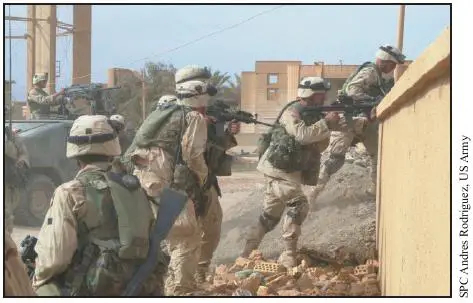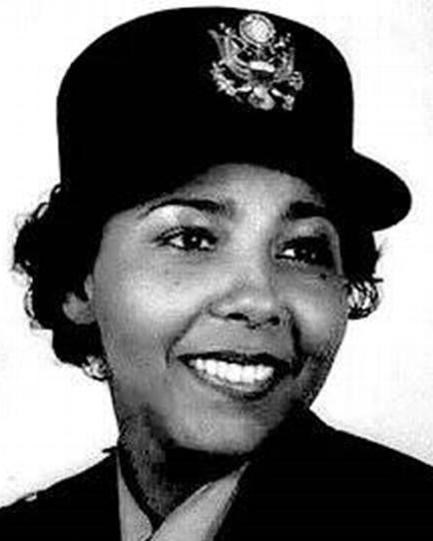4 APRIL 2003 – BATTLE OF NAJAF ENDS – OPERATION IRAQI FREEDOM 20TH ANNIVERSARY
As U.S. Army units penetrated the Euphrates Valley in the opening days of Operation IRAQI FREEDOM (OIF), they surrounded the key city of Najaf during the headlong dash towards Baghdad.
#ArmyHistory
As U.S. Army units penetrated the Euphrates Valley in the opening days of Operation IRAQI FREEDOM (OIF), they surrounded the key city of Najaf during the headlong dash towards Baghdad.
#ArmyHistory

Located at a strategic position on the highways to Karbala and Baghdad, the 3rd ID began to encircle Najaf on 24 MAR. That night, the 11th Aviation Regiment’s AH-64 Apache helicopters staged a deep-penetration assault against the elite Iraqi Medina Division near the city. 

The Apaches survived a coordinated enemy effort to eliminate the strike force and were followed shortly thereafter by the 3rd ID itself, which blazed through the Medina Division en route to Baghdad. Najaf remained isolated, as-yet uncaptured by U.S. forces. 

The role of taking the city itself fell to the 101st ABD. With support from elements of the 1st AD, the 101st ABD began penetrating Najaf on 29 MAR. Irregular forces loyal to Hussein’s regime stiffly resisted in the days that followed the 101st ABD’s initial assault. 

On 1 APR, a strike force of M1 Abrams tanks staged a “thunder run” into the Najaf city center, using their size and firepower to shatter enemy resistance and pave the way for further infantry action.
By 4 April, coordinated resistance in Najaf was broken, and the city was under the complete control of U.S. forces.
#USArmy #TRADOC #IraqWar #WarOnTerror #3ID #ScreamingEagles #MilitaryHistory #Najaf #OIF @USArmy @TRADOC @SecArmy @ArmyChiefStaff @101stAASLTDIV @FORSCOM
#USArmy #TRADOC #IraqWar #WarOnTerror #3ID #ScreamingEagles #MilitaryHistory #Najaf #OIF @USArmy @TRADOC @SecArmy @ArmyChiefStaff @101stAASLTDIV @FORSCOM

• • •
Missing some Tweet in this thread? You can try to
force a refresh


















